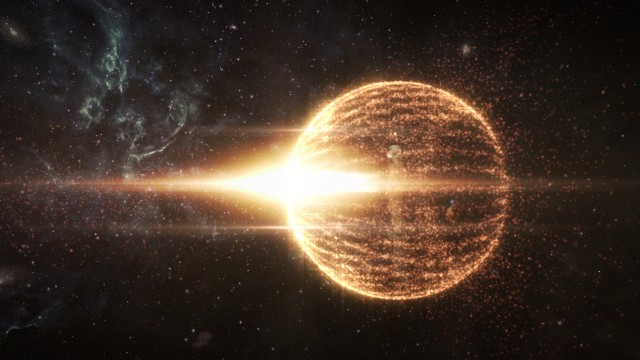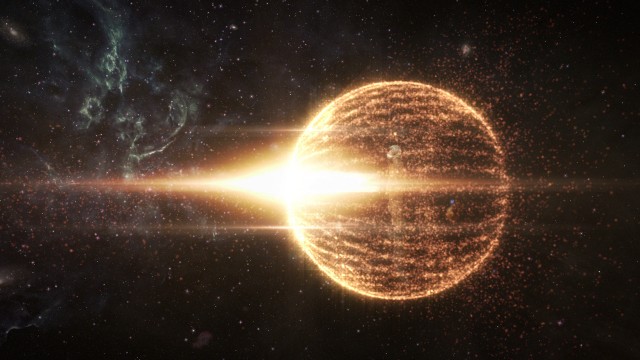LO(VE
Directed by William Eubank
USA, 2011
William Eubank’s LO(VE is an ambitious film project produced by Tom DeLonge of Blink-182 fame under his current band Angels & Airwaves. Like fellow bombastic emo band 30 Seconds to Mars, Angels & Airwaves has decided to parallel visual media with their normal album releases. But unlike Jared Leto’s self-aggrandizing money dump that was Into the Wild, LO(VE is a stand-alone piece of entertainment, surely influenced by the band’s aesthetics but by no means only serving as a vessel for their music.
Set in the near future, LO(VE tells the story of astronaut Lee Miller. He is alone on the International Space Station, on a mission that is projected to take years. However, he suddenly loses contact with the men on the ground, and the view from space shows that it might be more than a simple technical malfunction. Through his lonliness and cabin fever, as well as the mysterious appearance of a Civil War soldier’s journal, Miller examines the worth of a life lived in seclusion.
Honestly, LO(VE is not much more than a lite version of Andrei Tarkovsky’s Solaris. Eubank uses the same settings and the same techniques to explore same themes of existence, loss and memory. Eubanks uses his cramped space station to enhance the claustrophobic feeling of isolation, while using his Civil War daydreams to blur the line between illusion and reality for Miller. At one point, one of the females in his lucid dreams asks Miller “Does it bother you that we’re not real?” which might be the biggest cliché in sci-fi. But, for what it’s worth, the cliché is delivered in package with obvious signs of love.
And its this high technical aptitude that makes LO(VE worth watching. The visual aesthetics of LO(VE are undeniably impressive to even to the most jaded film-goer. Eubanks and his production crew pull out a bevy of DIY tricks to achieve a distinct and clean visual style, such as using Walmart box fans to slowly show the decaying space station and applying CG tastefully and sparingly. The Civil War battle scenes are as visually stunning as any Zach Snyder battle scene. And reportedly, the Space Station set was built in Eubank’s own backyard with nothing more than plastic bags and egg cartons. By comparison, LO(VE looks almost as good as Duncan Jones’ breakthrough debut Moon and cost approximately 10 times less.
Your ability to stomach the post-emo activities of Tom DeLonge will have a direct relationship to your enjoyment of this movie. LO(VE doesn’t just wear its heart on its sleeve, it beats you over the head with its preachy morals on world connection and the meaning of life. And with a lengthy monologue at the end coupled with visuals copped straight from Aronofsky’s The Fountain (another visually impressive but ultimately meaningless film), the pacing is a bit stunted and can be trying if one expects more.
But on a pure filmmaking scale, LO(VE is an impressive effort, created with a capable director’s eye and capturing more nuance than a typical Tarkovsky knock-off would know what to do with. Thematically the movie might be pandering to a sophomoric mantra of “life is worth living,” but much worse has been done with much more.
LO(VE will screen at the 2011 Seattle International Film Festival at these times and locations:
Pacific Place 11 – May 21, 2011 10:00 PM
SIFF Cinema – May 22, 2011 1:30 PM
Egyptian Theatre – June 11, 2011 9:30 PM







